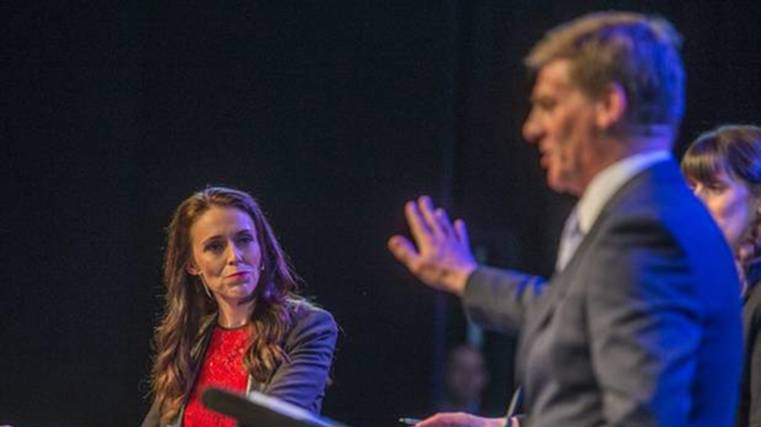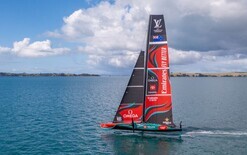National, Labour show their hands on transport policy

As the general election draws nearer and nearer, the two major parties vying for leadership have shown marked differences in their transport policies, outlining different sets of priorities and funding allocations. Where National intends to continue funding investment in the state highway and regional road network, Labour has indicated that if elected, they would place most of its investment in inter-regional rail and light rail for Auckland. Labour’s rhetoric on transportation policy has focused on easing congestion, improvements to usability and liveability, economic development and the environment. National emphasises productivity and growth, safety and congestion relief as the predominant benefits of its programme. National has today confirmed its previous announcement that will deliver a $10.5 billion addition to the state highway network through a revamped Roads of National Significance programme, a move that the Auckland Chamber of Commerce says provides much needed certainty for business. The incumbent government would invest an additional $600 million to improve road safety and repair earthquake-affected Kaikoura roads. Penlink and the billion dollar Mill Rd project in Auckland will be delivered as state highways under a fouth National term. National has indicated it will also accelerate regional road projects, but has not provided any specifics. One of Labour’s transport policies, and new leader Jacinda Adern’s first major policy announcement as leader, was that Labour would invest $3.3 billion in light rail and busways in Auckland over the next 20 years. In contrast to National, it would like to dial back the East West Link connecting Auckland’s motorways. It would also commit $100 million to Christchurch public transport and consider light rail for Wellington, and require KiwiRail to cease de-electrification works. Labour has committed to quickly rebuilding the Manawatu Gorge Rd. It is not clear whether planned projects state highway improvements, including the Warkworth to Wellsford Road of National Significance, will be delivered as planned by the current government. Labour has made more funding available for transport projects of regional importance by doubling the funding range of $70-$140m to $140-$280m. Labour has not specified funding for cycling and walking, but has indicated that both, along with rail, will be eligible to apply to the National Land Transport Fund for national funding. National will continue to implement its $333 million cycling programme. National has also indicated that it will continue to support increased electric vehicle uptake. A controversial policy announcement from Labour indicates that it will levy a 10 cents per litre fuel tax in Auckland to fund its programme, if elected, where National will fund its investment from existing sources and continue investigating road pricing. Infrastructure NZ chief executive Stephen Selwood says that stark differences in both parties’ policies indicates that transportation is too politicised. “We spend tens of millions of dollars every year on complex modelling and evaluation of projects and their benefits which should, in theory, depoliticise transport priorities and deliver the right projects for the job. “That two such different approaches can be promoted indicates a lack of evidence is present in our decision making,” says Selwood. Transportation is just one of the issues the two parties are providing New Zealanders with a clear choice on. With the two parties neck and neck in the polls, the outcome on September 23 could see New Zealanders travelling down one of two very different roads.





